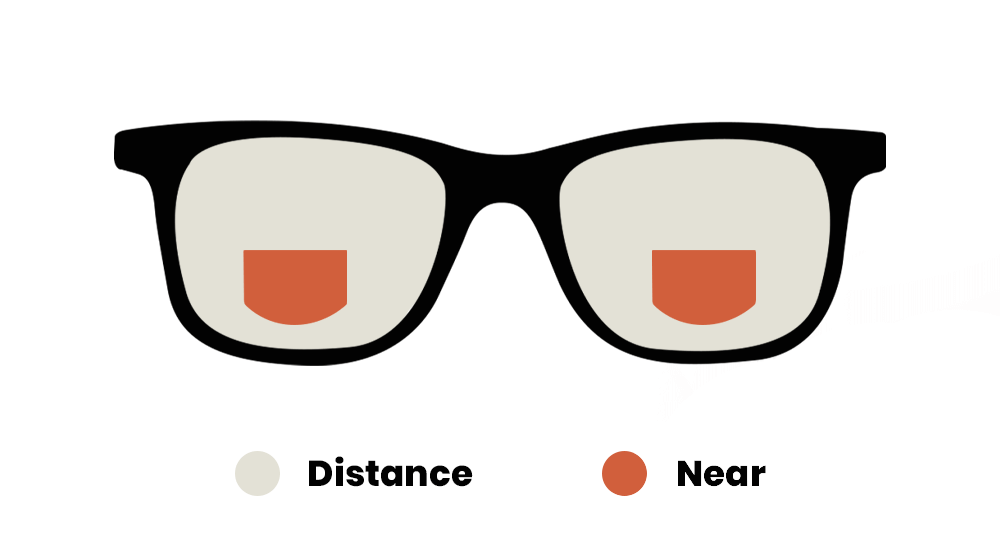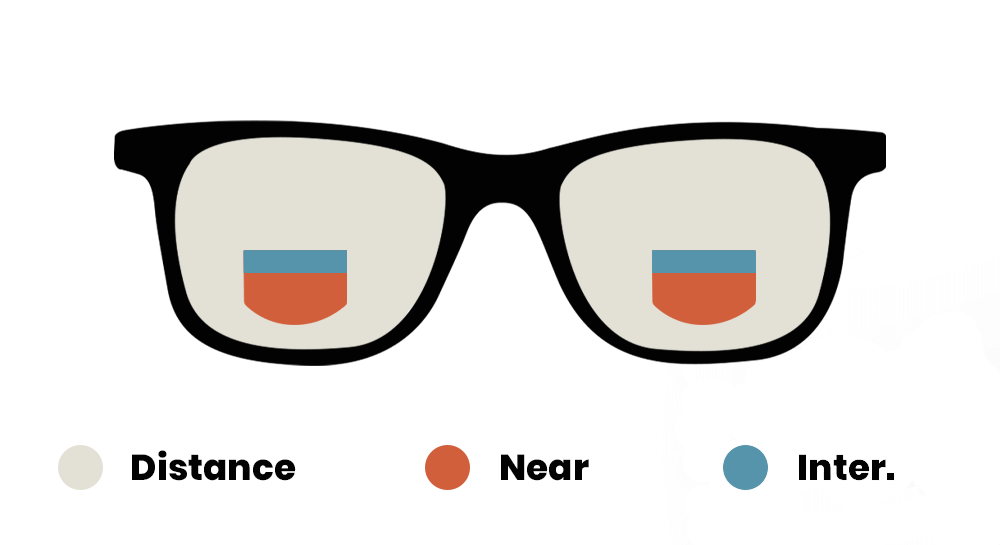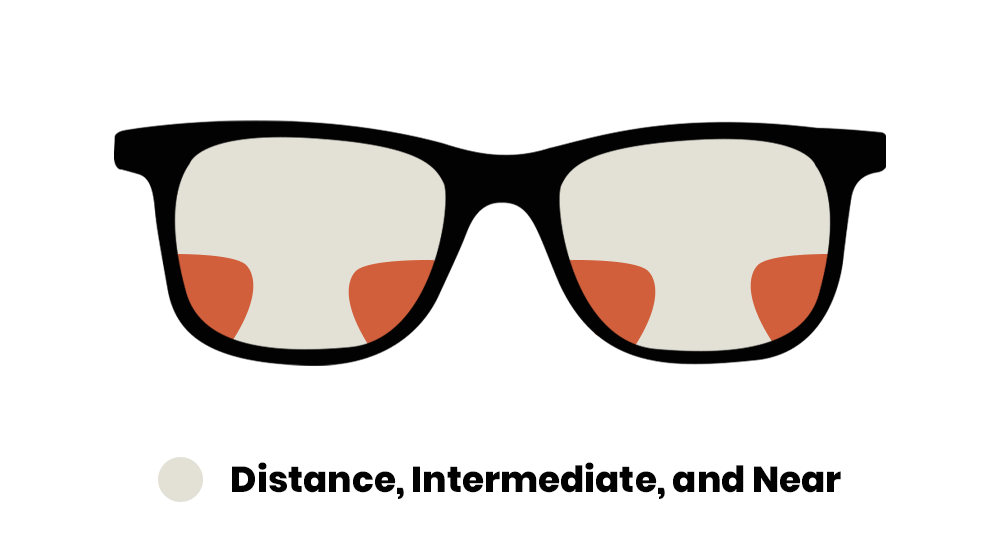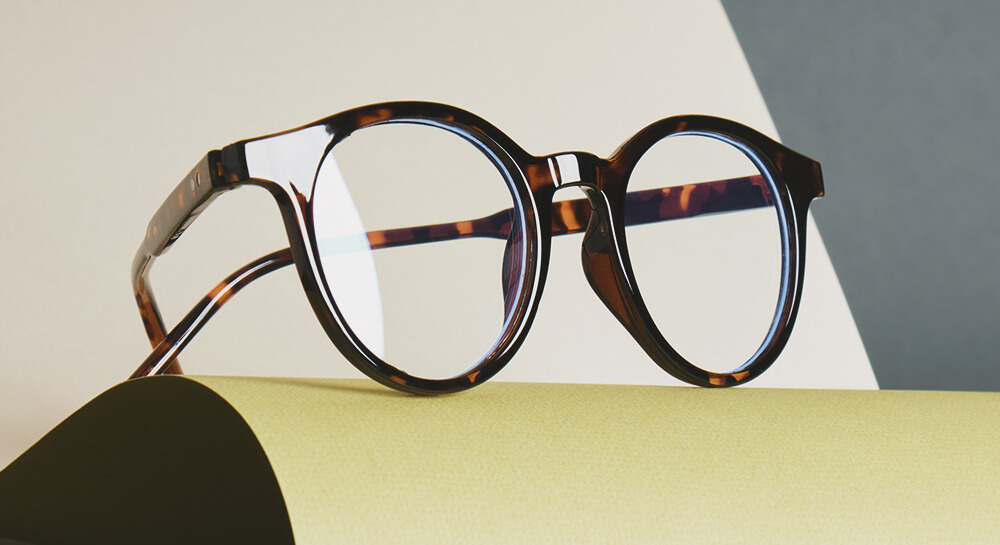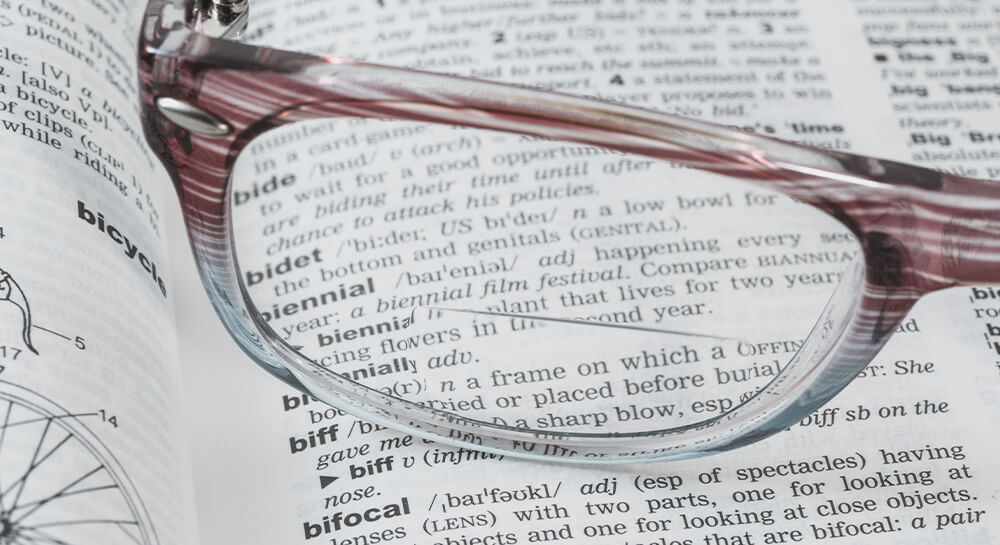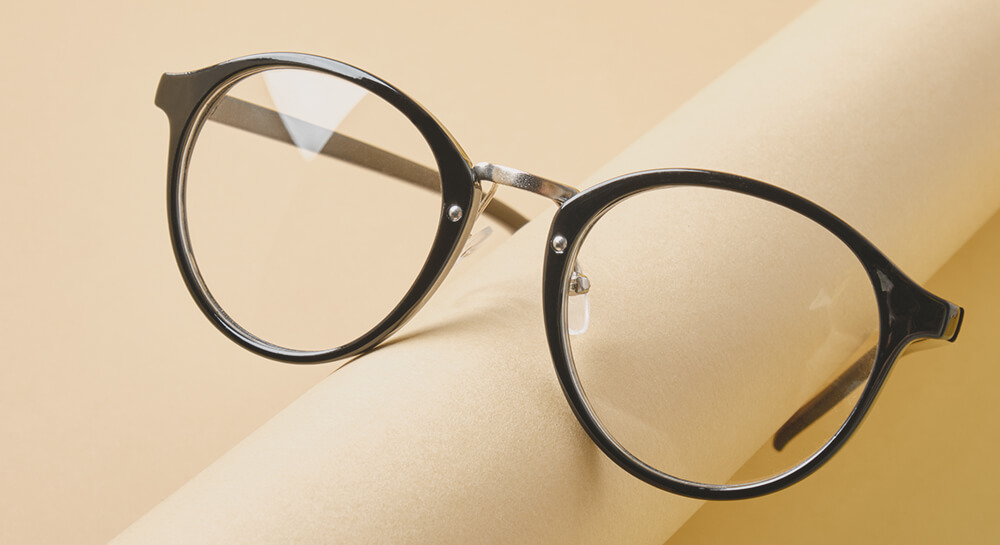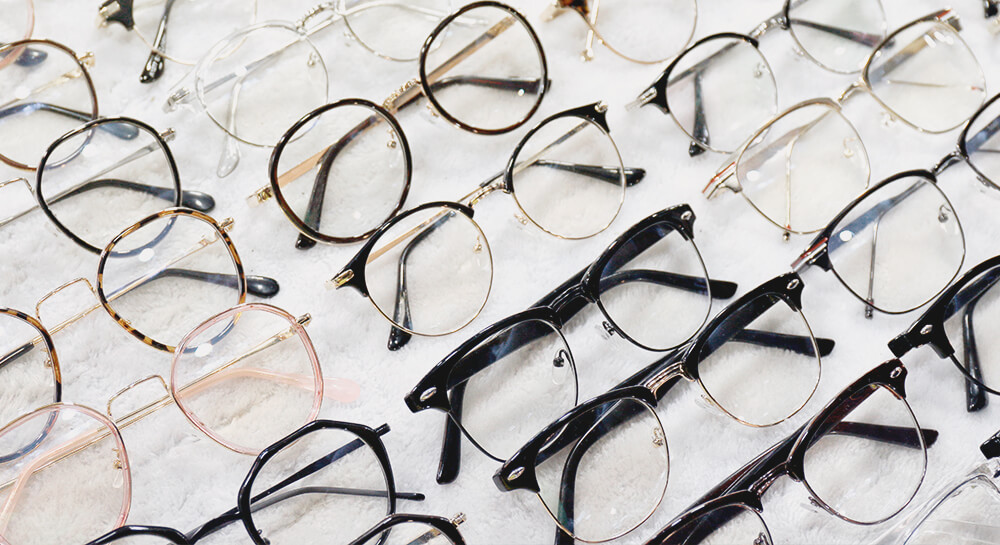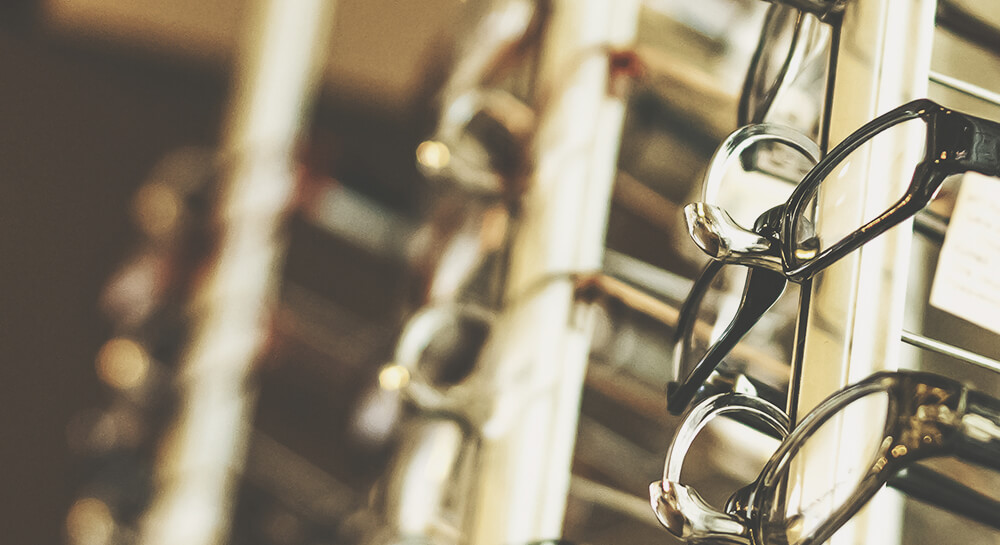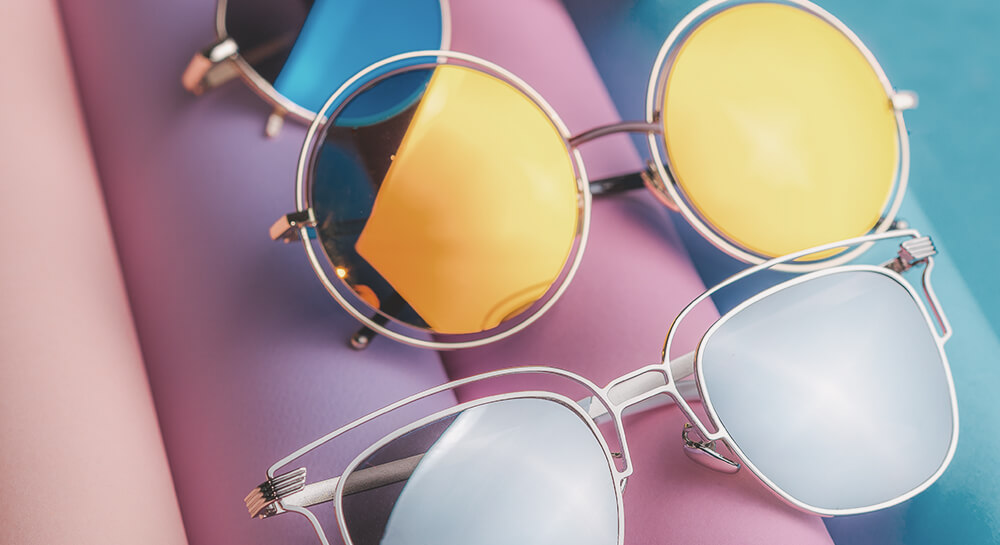If you’ve ever had an eye exam, you’ve probably heard your optometrist mention “20/20 vision.” It’s often tossed around as the gold standard for perfect eyesight, but what does it actually mean? Is it like winning the eyesight lottery, or is there more to it? Let’s break it down in a way that’s easy to see (pun totally intended).
The Basics of 20/20 Vision
At its core, 20/20 vision is a way to measure your visual clarity or sharpness at a distance of 20 feet. If you have 20/20 vision, it means you can see clearly at 20 feet what a person with normal vision should be able to see at the same distance.
Here’s a little comparison:
- 20/40 vision: You need to be 20 feet away to see what someone with normal vision can see at 40 feet.
- 20/15 vision: Lucky you! You can see details at 20 feet that others need to be 15 feet away to make out.
In short, the first “20” is the distance you’re tested at, and the second “20” is what’s considered normal for most people.
Does 20/20 Mean Perfect Vision?
Not exactly! Having 20/20 vision doesn’t account for other aspects of healthy eyesight, like depth perception, peripheral vision, color vision, or how well your eyes work together. Think of it as the foundation of good vision, but not the whole story. You could have 20/20 vision and still struggle with things like focusing on close-up objects (hello, reading glasses) or seeing clearly at night.
How Do You Measure 20/20 Vision?
Ever seen that chart with rows of letters that get smaller as you go down? That’s the Snellen chart, and it’s a classic tool for checking visual acuity. You cover one eye, read off the smallest line you can see, and voilà—your eye doctor determines where you stand on the 20/20 scale.
By the way, if you’re wondering why it’s tested at 20 feet, it’s because that’s the distance where your eyes are relaxed and don’t need to adjust focus for near or far. It’s like the “resting state” for your eyes.
Can You Improve Your Vision to 20/20?
For some people, yes! If you don’t naturally have 20/20 vision, glasses or contact lenses can often correct your eyesight to that level. LASIK surgery is another option for certain cases. But remember, not everyone needs 20/20 vision to function well. Some people get by just fine with slight imperfections in their eyesight. It’s all about what works for you.
Fun Fact: Is 20/20 the Same Everywhere?
Not quite! In other parts of the world, visual acuity is measured using the metric system. For instance, 20/20 is equivalent to 6/6 in meters. It’s the same concept—just a different way of measuring distance.
Bottom Line: 20/20 Isn’t Everything
While 20/20 vision is a great benchmark, it’s just one piece of the puzzle when it comes to eye health. Regular eye exams can help spot common vision problems early, even if your vision seems fine. So, the next time someone boasts about their “perfect” eyesight, you can confidently say, “Well, there’s more to vision than just 20/20!”
Got questions about your own eyesight? Don’t hesitate to ask us at your next appointment—we’re your go-to expert for keeping your peepers in tip-top shape.











